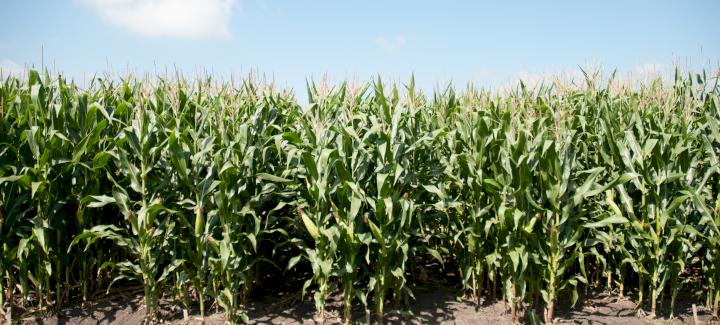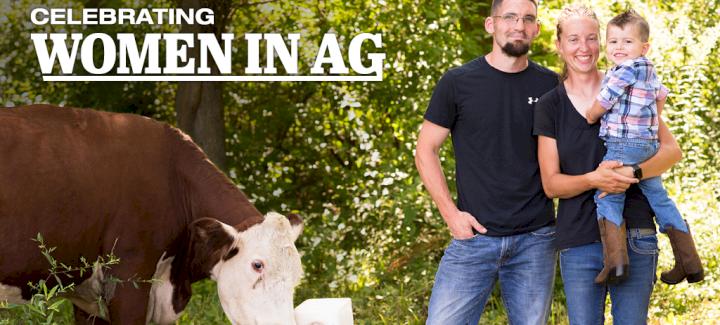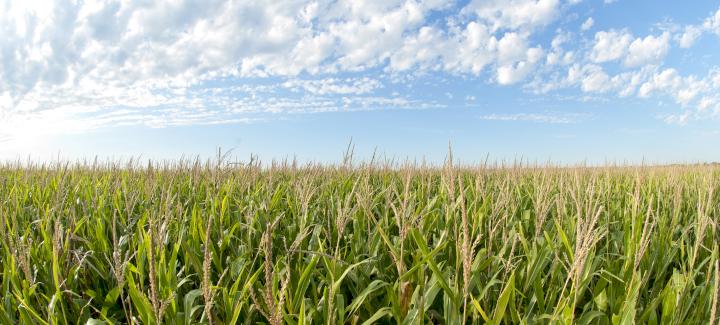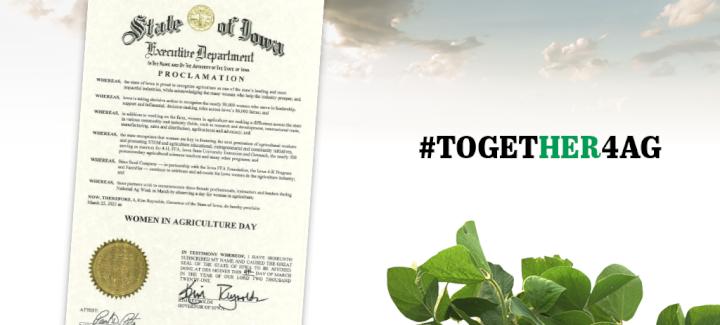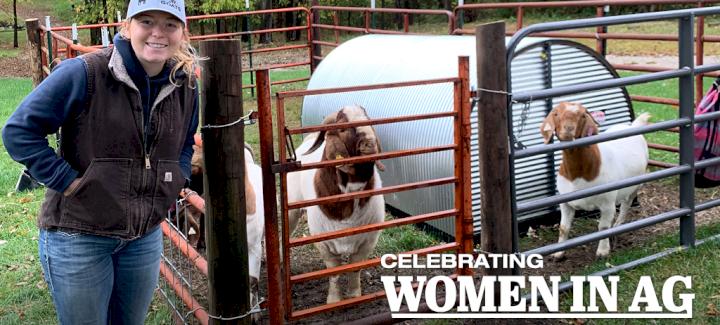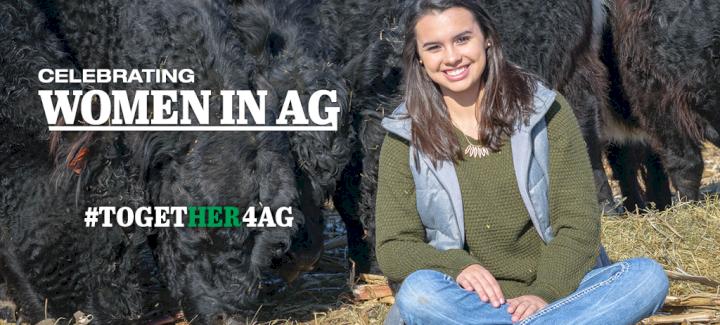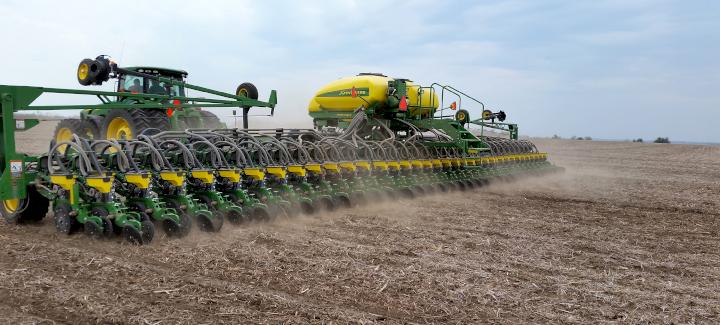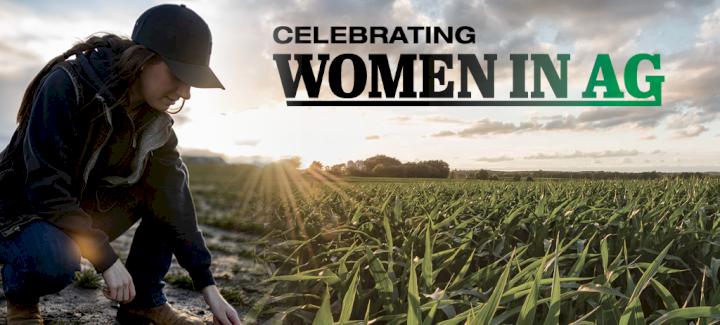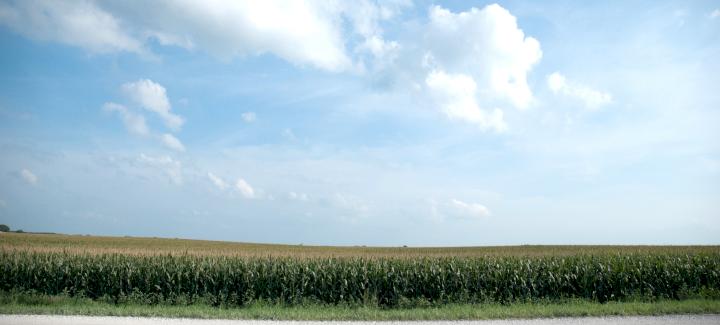Stine Seed Blog
Stine’s Ask the Agronomist blog is your source to the latest information from our expert team, including advice and insight on field practices, product recommendations, planting and harvest updates, new technologies, crop management, innovative research and information about how to keep your farm operation running smoothly year round.
-

Stine® Corn: Bred for Performance
April 2021 in Agronomy
-

Meet Fifth-Generation Farmer Emma (Prange) Nelson
March 2021 in General
-

Advancing the Products of the Future
March 2021 in Agronomy
-

Celebrate Women in Agriculture Day in Iowa on March 25
March 2021 in General
-

When it Comes to Agriculture, There’s No "Kid-ding" Around for Julia Rhoades
March 2021 in General
-

Emily Wilkerson: The Future of Women in Ag
March 2021 in General
-

The Dangers of Planting Too Early
March 2021 in Agronomy
-

Save Time and Yield with Pre-Planting Equipment Maintenance
March 2021 in Agronomy
-

Laney Brentano: Honoring Her Past While Forging a New Future
March 2021 in General
-

Creating a System for Optimum Corn Yields
February 2021 in Agronomy
-

Yield Plus Performance with Stine® Brand Enlist E3® Soybeans
February 2021 in Agronomy
-

Stine® Conventional Corn Offers Yield Plus Savings
February 2021 in Agronomy

